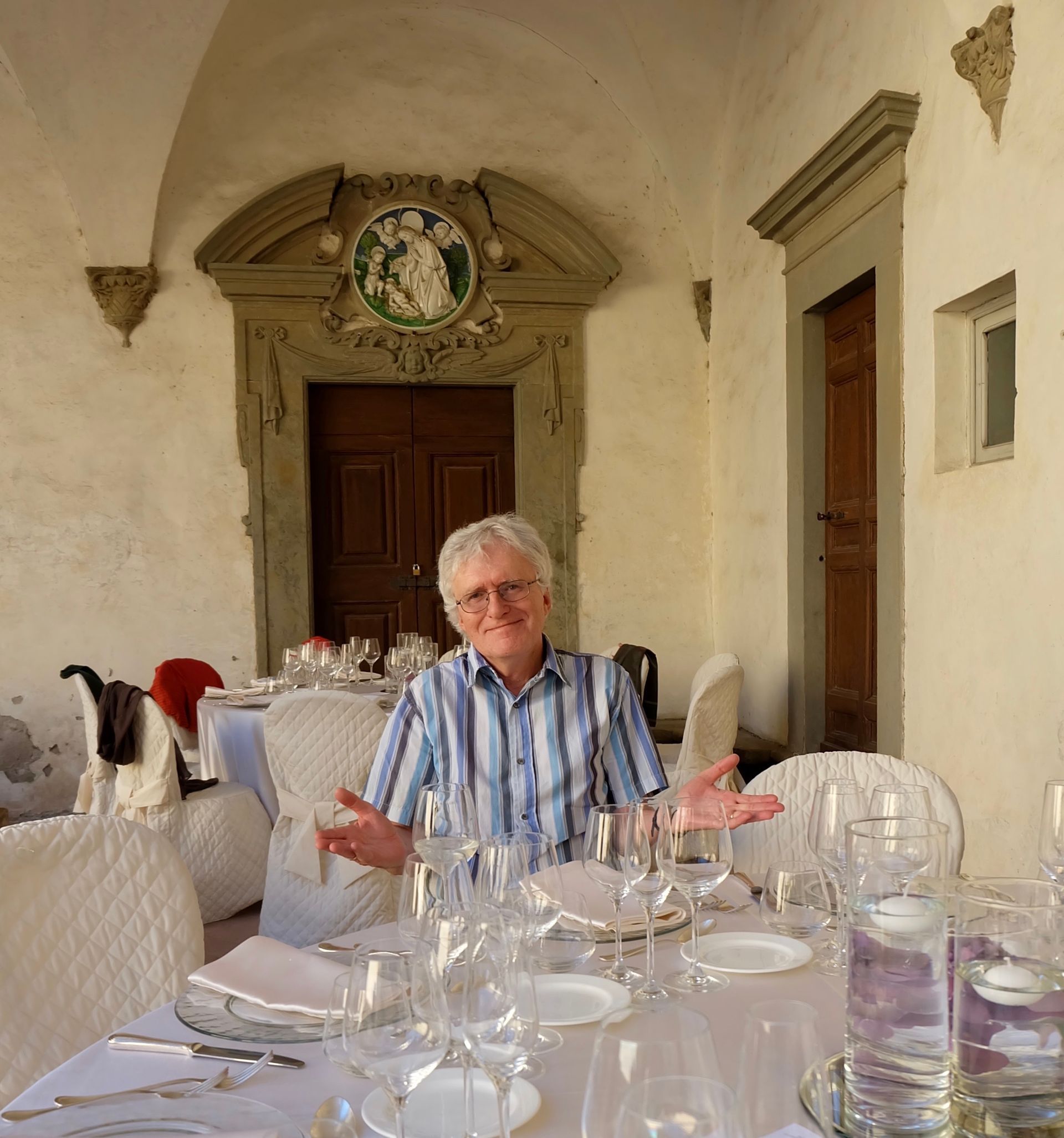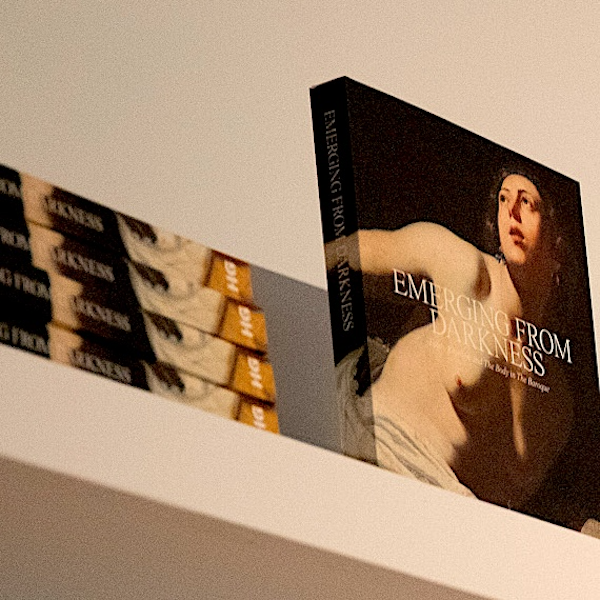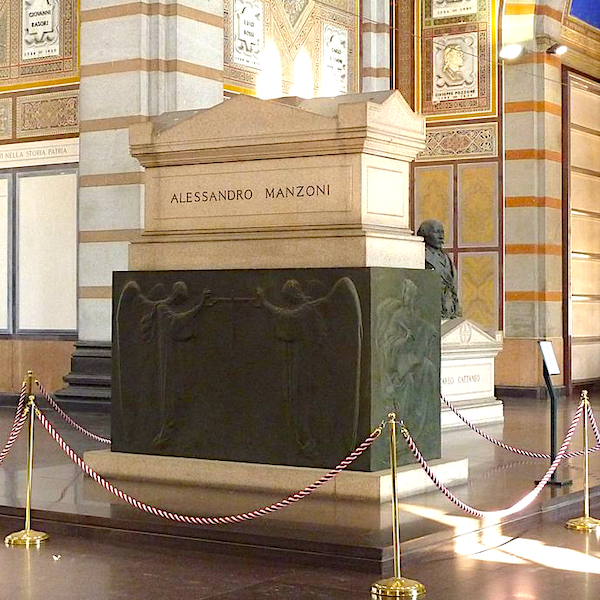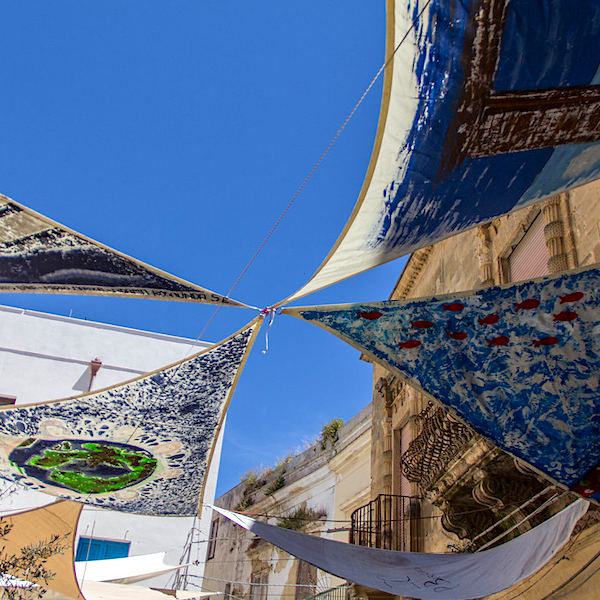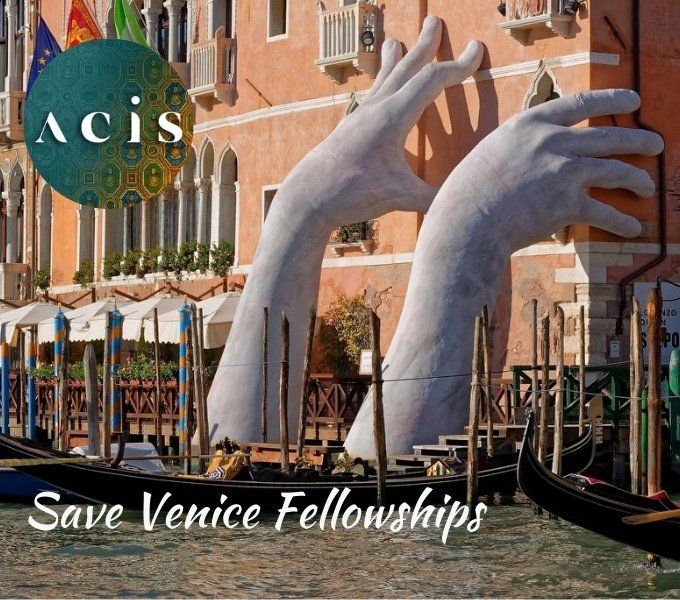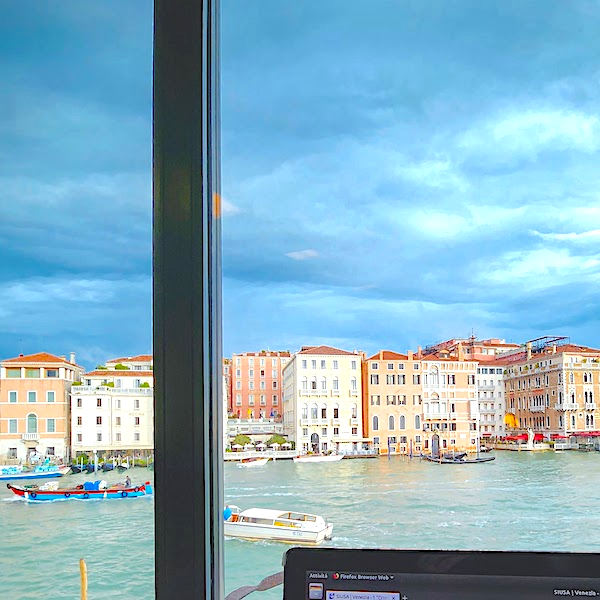The architecture of luxury
Annette Condello Curtin University
Palacio de Bellas Artes, Mexico City. Begun by Adamo Boari in 1901.
The idea of luxury – how it can be defined and what forms it takes in different cultural contexts and historical periods – is the theme of an earlier post. My own interest is in the application of luxury in the field of architecture. Building on my previous research, which examined Francesco Venezia’s contemporary architectural spolia in Italy and France and Adamo Boari’s early modern designs in Mexico and the USA, I am developing a project which examines the meaning and application of luxury. Luxury has become a contentious issue in architecture: is it an unqualified benefit or something that should be present only within strict limits? The project’s scope spans from antiquity to modern (and contemporary) times. There are distinctive types of luxury. Myths about the ancient Sybarites’ lifestyle in Magna Graecia (now in Calabria, southern Italy) provide evidence of how places in antiquity were thought of as being luxurious. Primarily, I examine how the idea of Sybaris enters the realm of architectural history as a story of the origins of luxury and how its use was subsequently criticised in a range of architectural settings. Instances of luxury in architecture include grand palaces, follies, entertainment venues and ornate skyscrapers. They provided different settings for pleasure for the élite. This resulted in a continuous prompt to indulge still further in luxury. The project concentrates on areas where representations of luxury were realised, specifically in Italy – Naples, Rome, Florence and Venice – and how Italianate forms emerged in France through the works of Sebastiano Serlio. It also traces how luxury transformed Latin American architecture and in the United States as with Adamo Boari’s Palace of Fine Arts in Mexico City and his unrealized Luxfer Prism Tower in Chicago. In all these contexts I probe the relations between specific notions of luxury and the practice of architecture.
